A cheaper version of the Apple Vision Pro will cut costs with removal of the external display and a downgrade of chip predicted by a new report.
The Apple Vision Pro is a groundbreaking mixed-reality headset, but also one that is far too expensive for most consumers at $3,500. While it is thought that Apple is coming up with a cheaper variant aimed at the consumer market, Apple is still working on ways to reduce the overall cost to make the device.
Writing in the "Power On" newsletter for Bloomberg, Mark Gurman writes that the more budget-friendly consumer device could cost between $1,500 to $2,500, following internal discussion. To get to that price, Apple has to trim the hardware significantly.
These changes were previously thought to include the use of an iPhone processor instead of a Mac-grade chip, as well as lower-resolution displays for the eyes. Now, Apple may want to get rid of the externally-visible display altogether.
The EyeSight feature displayed a representation of the user's eyes to the outside world, allowing others to see where the user is "looking" and maintaining a level of sociability to the headset's usage. By removing the display, this key feature would be eliminated entirely.
As well as removing the display, the hardware cull could also remove a few of the externally-facing cameras and sensors.
The cheaper headset is not the only item Apple is working on. A second-generation Apple Vision Pro is also in development, but with a few changes, such as making it lighter and smaller for comfort.
Apple may also simplify the design by incorporating prescription lenses directly into it, rather than using lens inserts from Zeiss, like the first generation hardware.
There is no change to Apple's messaging about its release being "early next year." In reality, this means Apple has given itself until April to get the Apple Vision Pro out the door and into consumer hands.
 Malcolm Owen
Malcolm Owen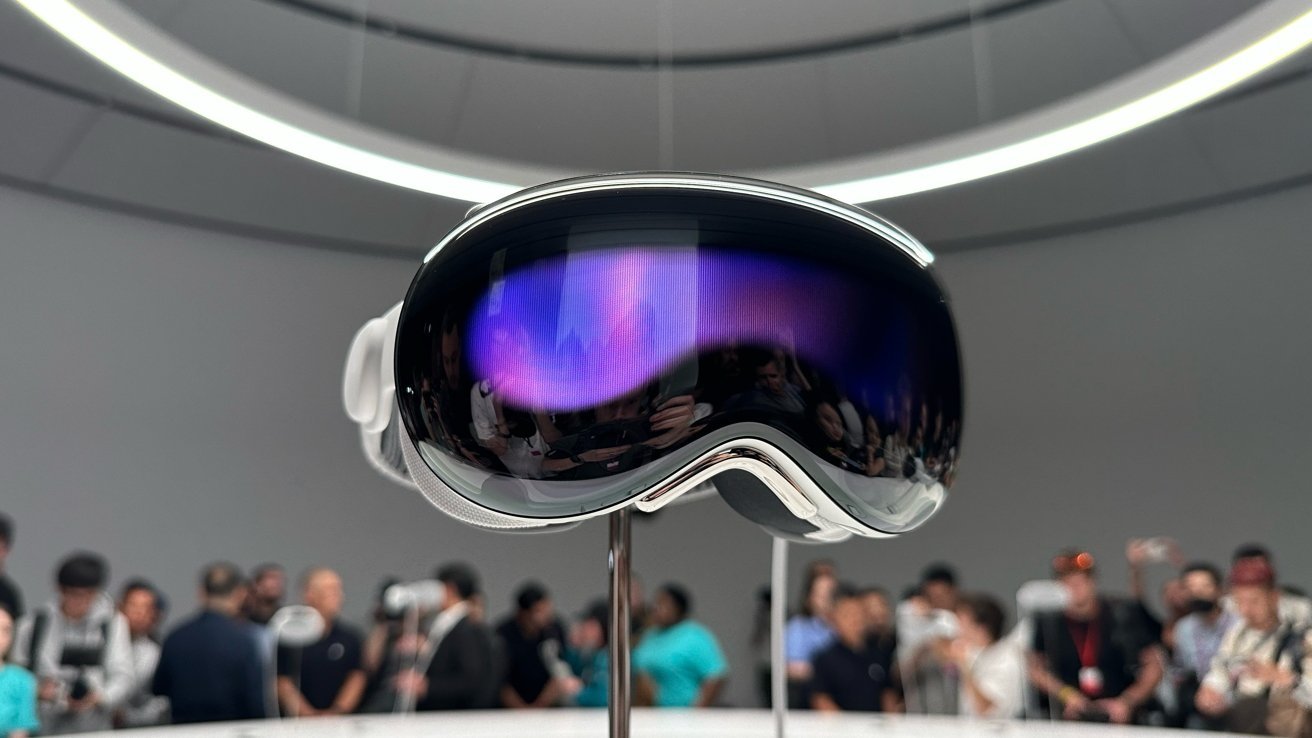

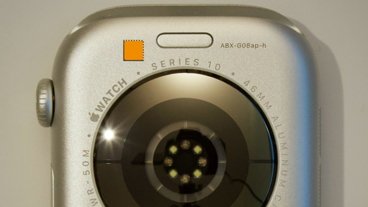
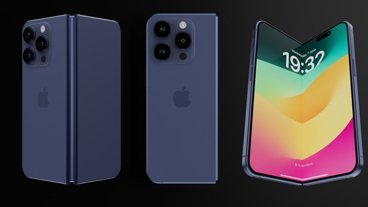
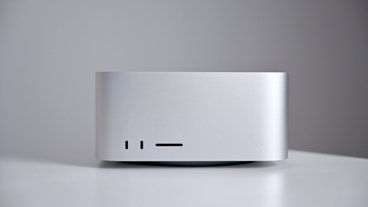
-xl-m.jpg)
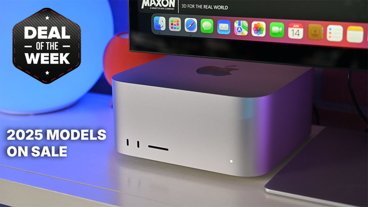

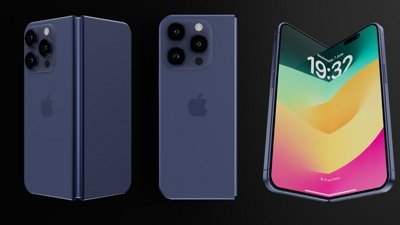
 Amber Neely
Amber Neely
 Andrew Orr
Andrew Orr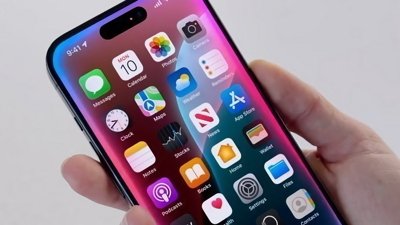
 William Gallagher
William Gallagher

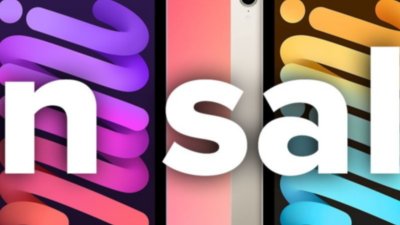
 Christine McKee
Christine McKee
 Chip Loder
Chip Loder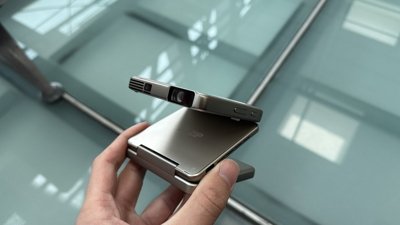
 Thomas Sibilly
Thomas Sibilly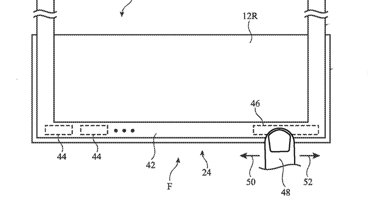
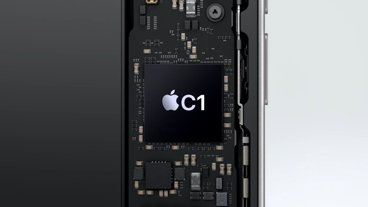

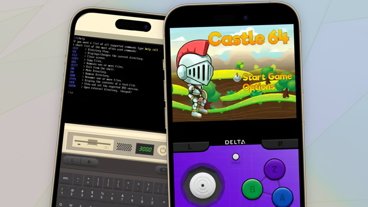
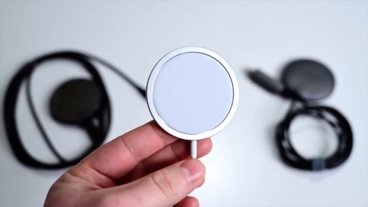
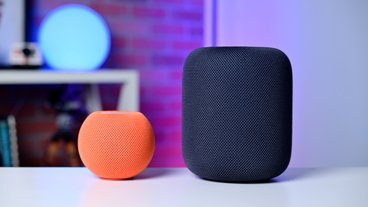
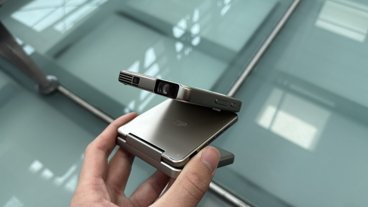


20 Comments
They shouldn't compromise on anything. If they start making compromises the Apple Vision ends up just becoming the Meta Quest with a different logo slapped on it. Just wait it out and let the Gen 1 Vision Pro become the lower cost entry level option when component prices drop as Gen 2 and Gen 3 devices get released. They just need to follow the same pattern they've been using with the iPhone where the older gen device evolves into a lower entry cost phone as the new iPhone is released. It's a proven strategy so why fix what isn't broken.